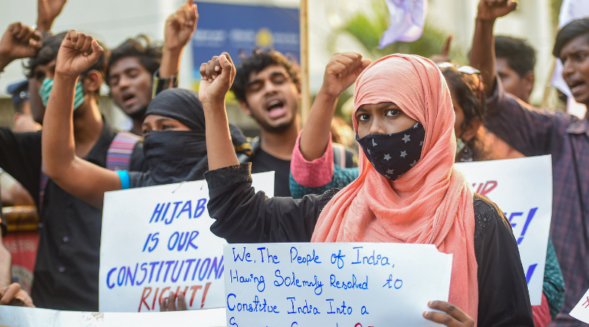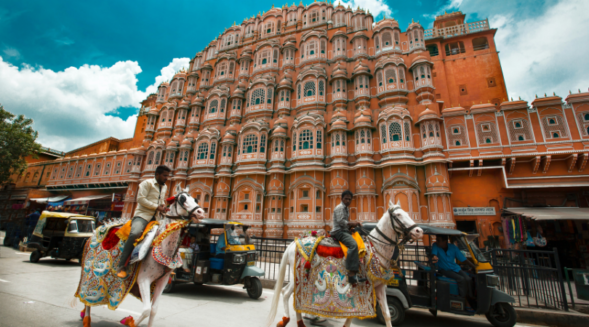
By The Editor
Water, the most common liquid on earth, is the essence of life without which life ceases to exist. As population increases so also demand for water grows. Life in crowded towns and cities would be impossible without adequate water. Though total quantity of water on earth remains constant but the most important challenges to humans are how to tap new sources and conserve existing supplies while at the same time preserving the environment. Large proportion of water is in solid state like ice caps and glaciers which cover about 74 per cent of earth’s surface. Small proportions constitute groundwater and surface locations- inland seas, lakes, rivers and in the soil. Water also exists in the atmosphere mainly as water vapour. Lakes tend to form where basins occur on earth’s surface and made due to erosion, deposition, earth’s movements, volcanic activity and humans. Some lakes are of great economic benefits such as shipping routes, resort areas and sources of fish, fresh water and hydroelectricity.
Due to natural causes, pollution and human’s carefree attitudes lifespan of many lakes has been cut short. Hence it is highly significant to conserve and preserve them. For example Delhi government has been trying to rejuvenate 26 lakes across the city with total area of 300 acres to improve water availability in the national capital region (NCR). Chief Minister Arvind Kejriwal has taken the initiative to meet growing demand of this precious commodity as Delhi continues to grow and his target is to turn Delhi into city of lakes, increase groundwater levels and supply drinking water to every household. His vision is to make NCR self-sufficient in drinking water. Total of 380 water bodies are to be brought back to life out of which the government has completed rejuvenation of 35.
Water drawn through tube-wells is scientifically purified and then stored in underground reservoirs meant for supply to residents. Government is also working on recharging groundwater levels and recycling water to augment water requirement. Rejuvenating water bodies with treated water will raise water level in the two lakes constructed for such purposes having combined area of 11 acres and holding capacity of 49 million gallons. The treated effluent from Pappankalan Sewage Treatment Plant Phase-II which conforms to prescribed norms is used for recharging groundwater. Out of 26 lakes under rejuvenation process present, 16 artificial and remaining 10 have either dried out or polluted. Chief Minister Arvind Kejriwal along with Water Minister Saurabh Bhardwaj will take stock of the lakes with all departments every 15 days. In this respect, Meghalaya can learn from Delhi and try to rejuvenate all the lakes and in-land water sources to meet the requirements of the growing population not only in towns and cities but also in the rural areas as require.






